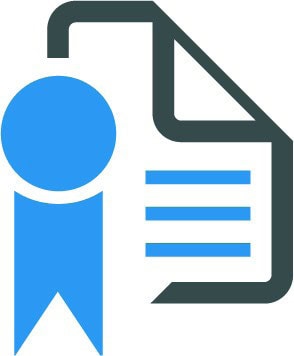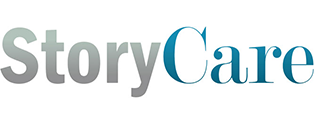179
Instructor’s Guide – A Fatal Interruption
Overview:
This story is about minimizing distractions during medication administration to prevent adverse drug events. Rigorously following patient identification protocols using the “5 Rights” is crucial to ensure the right patient receives the right medication dose at the right time.

Primary Learning Outcomes
After completing this lesson, the student will be able to:
- Examine the impact of interruptions on patient safety protocol.
- Evaluate the impact of personal stress on individual performance.
- Design strategies to avoid errors due to interruptions in workflow.

QSEN Pre-Licensure Competencies
The following QSEN competencies are addressed in this lesson:
- Safety: Minimizes risk of harm to patients and providers through both system effectiveness and individual performance.
Reflection Questions:
Students will answer reflection questions upon completing the story. These questions are aligned with the QSEN competencies and are designed to help the student reflect on both the content of the story and the QSEN competencies addressed by the story.
*Following each question are some potential answers
- What could Dianne have done to avoid the critical error she made?
A: She should not have answered her phone while administering medication. It is important that nurses are not interrupted or distracted by anything while giving medications.
- How could this team better manage interruptions during medication administration?
A: The change nurse could take phone calls or messages for nurses when they are giving medications. Another way to avoid this is to only take the medication for one patient at a time. The nurse could have avoided this by only taking Mary’s medication with her and returning to the med room to get the next patient’s medication.
- What protocols should be in place across the team to ensure that errors like this do not occur?
A: One protocol could be in place that limits the number of interruptions nurses have when administering medications. At some facilities the nurse wears a special “medication” vest and does not engage in conversations with anyone until the medication has been administered.
Discussion Questions:
Use discussion questions for face to face or online discussion boards to get students to further reflect on the content of the story together.
*Following each question are some potential answers
- What can we learn from this story?
A: That rushing and compromising evidence based practice is not acceptable in almost any situation. This was a scenario where the desire to save time resulted in poor outcomes for the patient.
- What is one thing you can do to limit the impact of interruptions during medication administration?
A: One way is to avoid answering the phone or speaking to colleagues while preparing or administering medications. Another thing that can be done is to limit personal conversations until after work.
Suggested Classroom Mastery Activities:
These activities can be tailored for individuals or groups in a face to face or online setting.
- Imagine what will happen next in this story. Describe the consequences of Dianne’s actions and how they may impact her, the hospital, and Mary’s family.
- Read the article, The Human Factor: The critical importance of effective teamwork and communication in providing safe care. Describe some ways that teams can work to provide safer patient care in a presentation.
- Create a poster or graphic to remind team members to avoid interruptions, especially during critical events like medication administration.

Measuring Student Mastery:
| Learning Outcome | Level 1 | Level 2 | Level 3 |
| Examine the impact of interruptions on patient safety protocol. | Student struggles to examine the impact of interruptions on patient safety protocol. | Student can examine the impact of interruptions on patient safety protocol, but needs further practice. | Student can accurately examine the impact of interruptions on patient safety protocol. |
| Evaluate the impact of personal stress on individual performance. | Student struggles to evaluate the impact of personal stress on individual performance. | Student can evaluate the impact of personal stress on individual performance, but needs further practice. | Student can accurately evaluate the impact of personal stress on individual performance. |
| Design strategies to avoid errors due to interruptions in workflow. | Student struggles to design strategies to avoid errors due to interruptions in workflow. | Student can design strategies to avoid errors due to interruptions in workflow, but needs further practice. | Student can accurately design strategies to avoid errors due to interruptions in workflow. |

Additional Story-Specific Resources:
For additional information on improving team communication, please consult the following articles and resources in Further Reading:
- The Human Factor: The critical importance of effective teamwork and communication in providing safe care.
- TeamSTEPPS Essentials
- Five Rights

Story-Specific Best Practices and Proven Tools:
In addition to the ideas generated by students and mentioned in the activities, there are established best practices that may be appropriate to introduce or reference during this lesson to support communication. Some best practices to consider for improving team communication include:
- Handoff
- I’M SAFE
- STEP
- Bedside Handoffs

